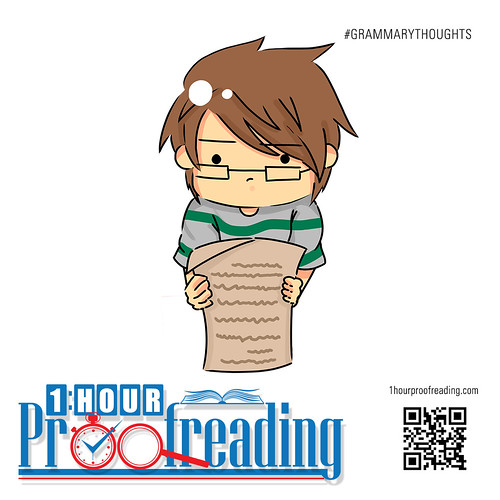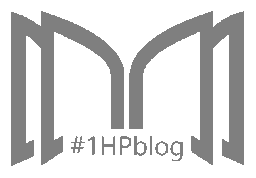In, On, At: Are You Using Them in the Proper Place?
Posted on Mar 31, 2016
Admit it. Out loud. Say it. No matter how old you are, whether you’re a working adult or an eighth grader, you know that you probably overlook this more than you let on. You mostly ignore if it’s wrong or right; they all mean the same thing anyway, right?

Come on. Confess.
You suck at prepositions.
And it’s okay. You’re not the only one; probably the only instance where you’d be glad you’re not the only one, but hey, you have to take what you can get sometimes.
Prepositions are a writer’s worst nightmare. Well, okay, maybe not the worst because that would probably be a publisher’s rejection. But they are a close second. Too close. They are the bane of a writer’s existence, especially when the shudder-inducing and bloodcurdling question arises: “Is it in, on, or at?”
To get past this question, which is akin to a sphinx’s riddle, writers must decide first what they want to talk about: is it place or time? Though the three main prepositions of time—in, on, and at—are the same words as the prepositions of place, they obviously have different functions.
Right now, let’s focus on time.
Prepositions of time allow writers to speak of a specific period, such as calendar dates, weekdays, or an actual time when something occurs.
The preposition at is used to discuss exact clock times (“Let’s meet at ten thirty”) and other specific time frames (“We caught up at lunch”). There are exceptions to this rule though, such as in “I found him late at night.”
The preposition on is used for slightly less specific periods like certain days of the week (“It’s due on Monday”), parts of the day (“I woke up early on Friday morning”), and special days (“We bake a lot on Christmas”). On is also used for calendar dates, regardless of whether the date is stated completely, as in “I will be there on July 20” and “She died on March 4, 2016.”
The preposition in is used to discuss longer periods like months (“She’ll be back in April”), seasons (“Will you visit me in the fall?”), years (“A great fire ravaged London in 1666”), centuries (“We should be progressing as a species in the twenty-first century, not regressing”), and general parts of the day (“Waking up with you in the morning is sort of cool”).
To remember which preposition to use, writers can use the word atoning as a mnemonic device: at is used for the most specific periods, on for somewhat specific periods, and in for general periods. It will be easier to remember because you’ll be atoning for getting them wrong. Kidding.
These seem to be just little words, but writers often get them mixed up. And though they’d try to deny it, these mistakes are actually crucial and can make or break their work’s quality in the eyes of publishers and other literary authorities. Fortunately, they can always ask for help. Editors can look over their manuscripts to make sure grammar rules, no matter how basic, are upheld.
Are you confused with these words and the rules that govern them? The 1-Hour Proofreading team will be happy to help you out. Visit 1hourproofreading.com for more details.
Also check out:
- In, On, At: Are You Using Them In The Proper Place? Part 2
- Prepositions: Where Are You In The Space And Time Continuum?
About 1-Hour Proofreading
1-Hour Proofreading is a growing start-up offering fast and efficient editing services at a reasonable price with the assurance that the document is publication-ready the soonest you need it. Its team of highly competent professional editors is committed to helping those in need of quality editing services while facing tough deadlines.
Visit 1hourproofreading.com for more details.
Follow us:
Back to Grammary



